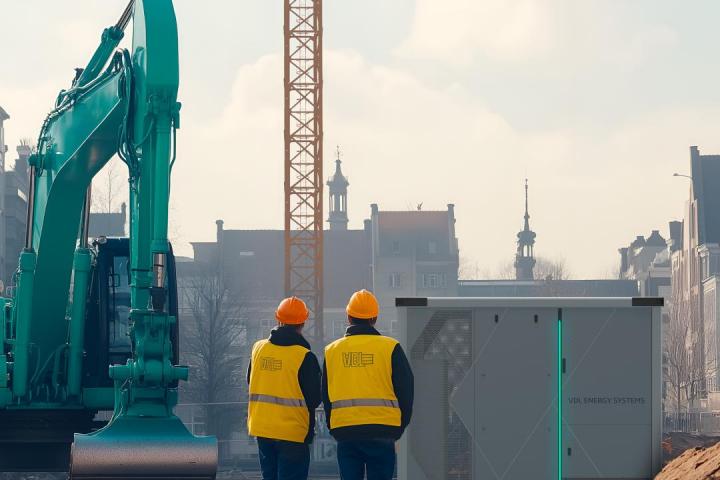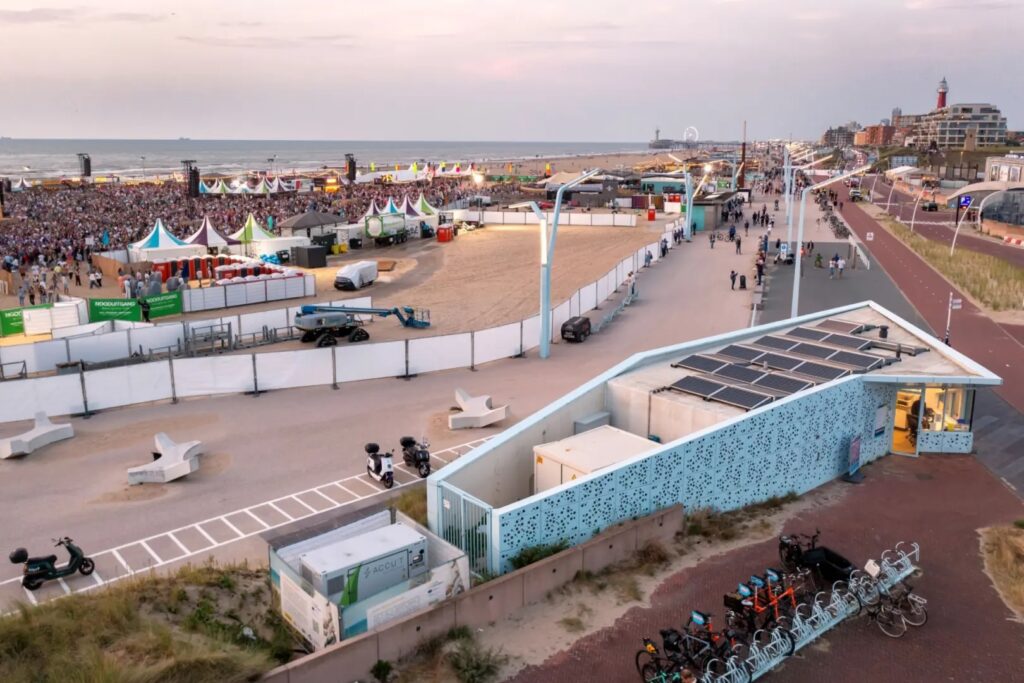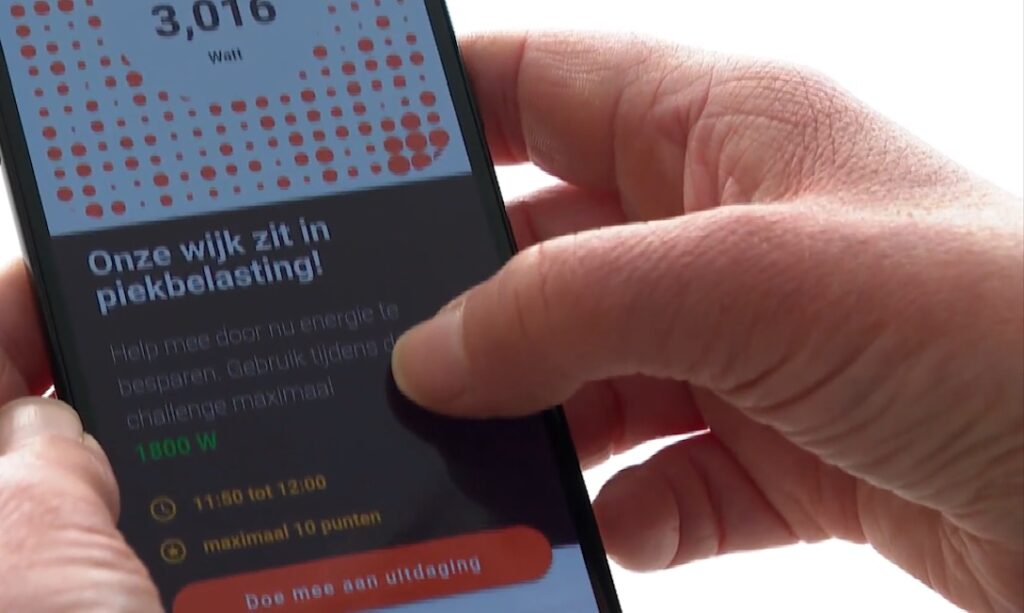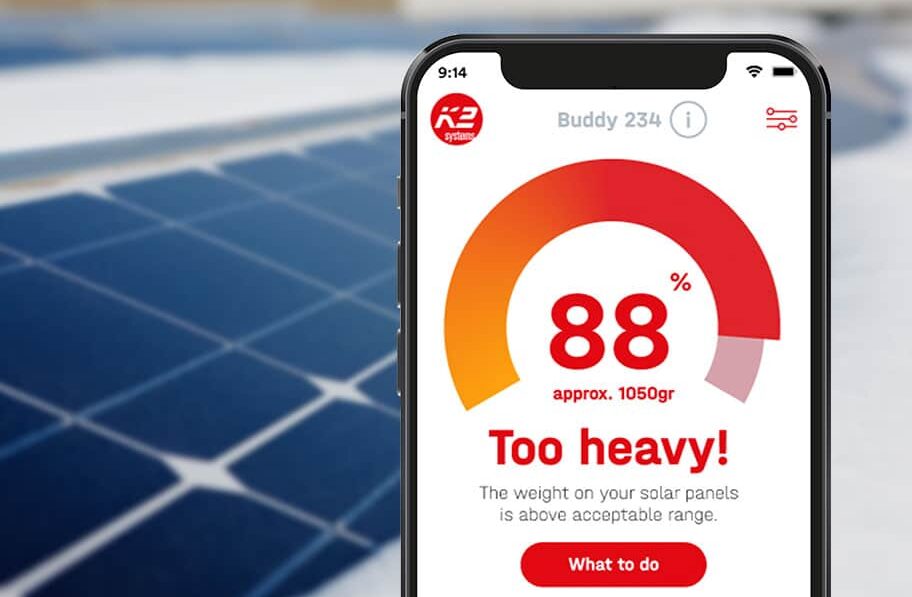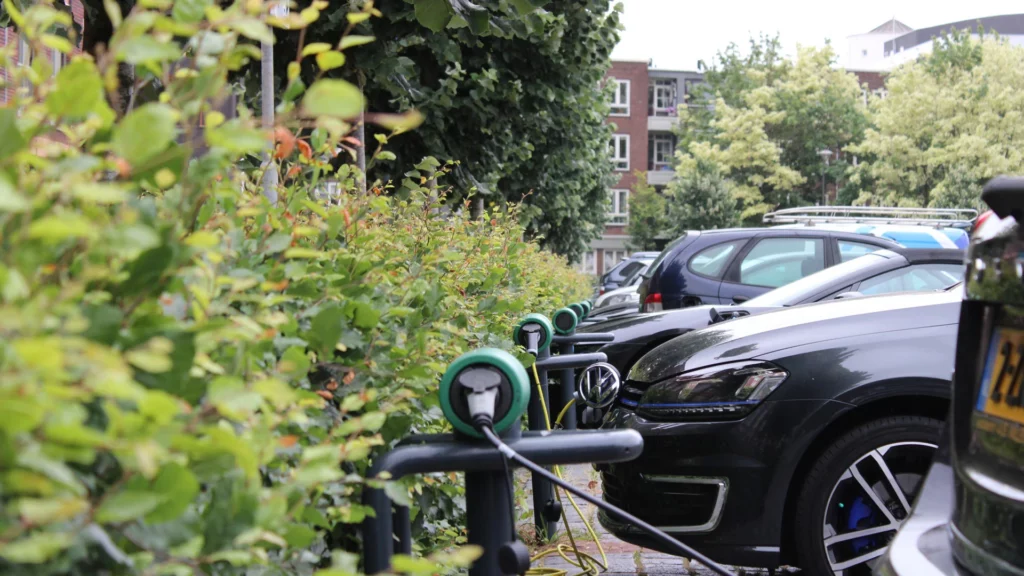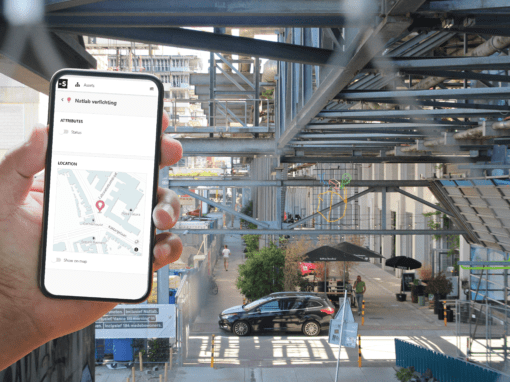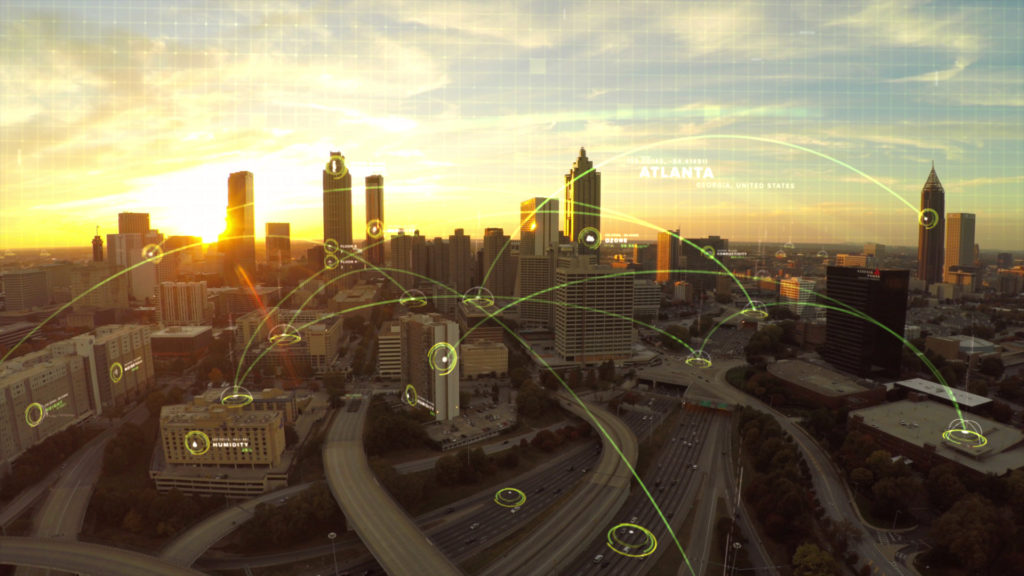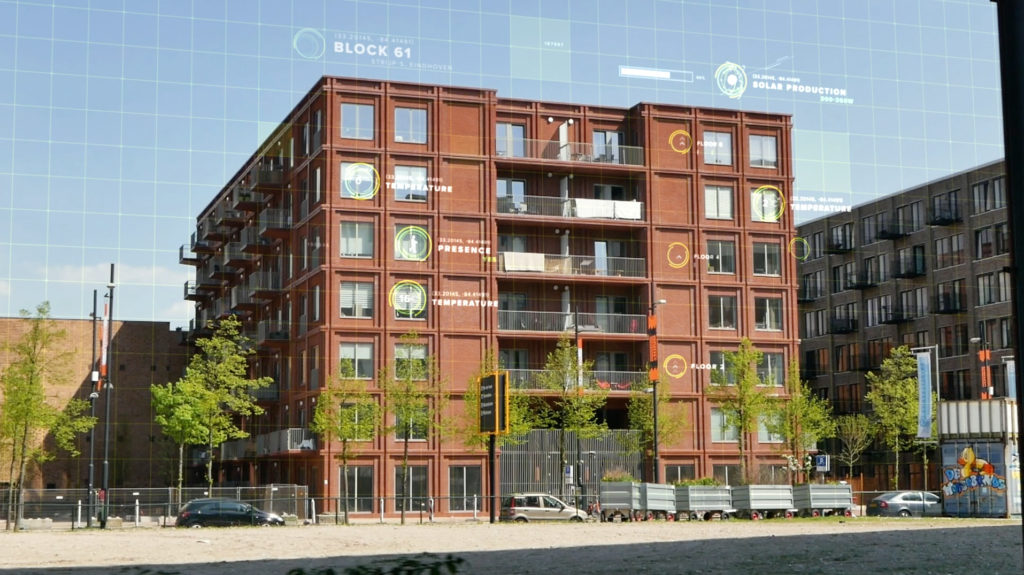Nottingham V2G Fleet Optimisation
Energy Management – City of Nottingham
The Challenge
The City of Nottingham aims to maximise the use of locally generated renewable energy to cut the carbon emissions and costs associated with charging electric fleet vehicles, as well as reducing peak demand by using vehicles for short-term storage. This requires an energy management solution which integrates the renewable energy sources, the V2G chargers, all electric vehicles, and a large battery.
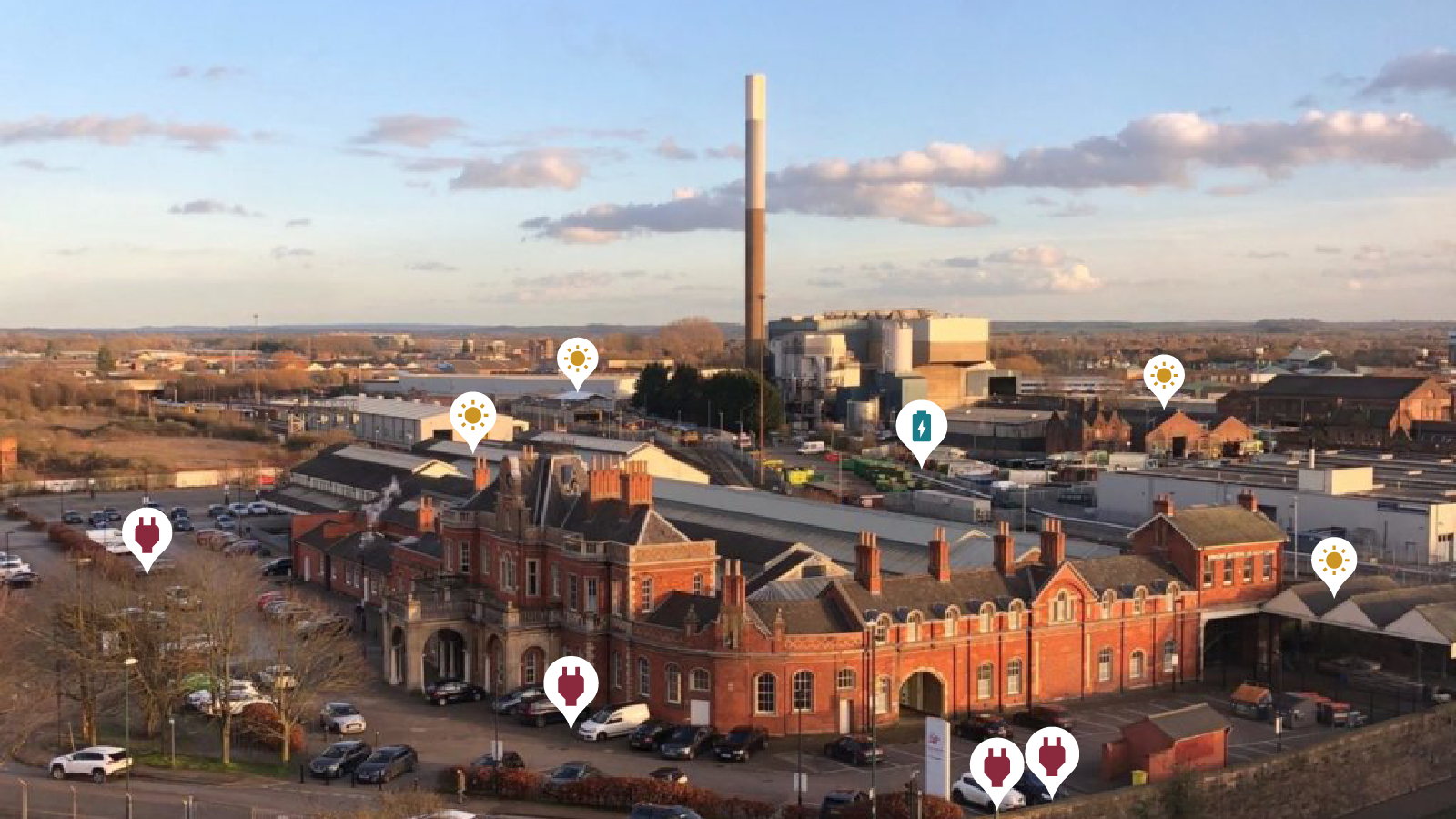
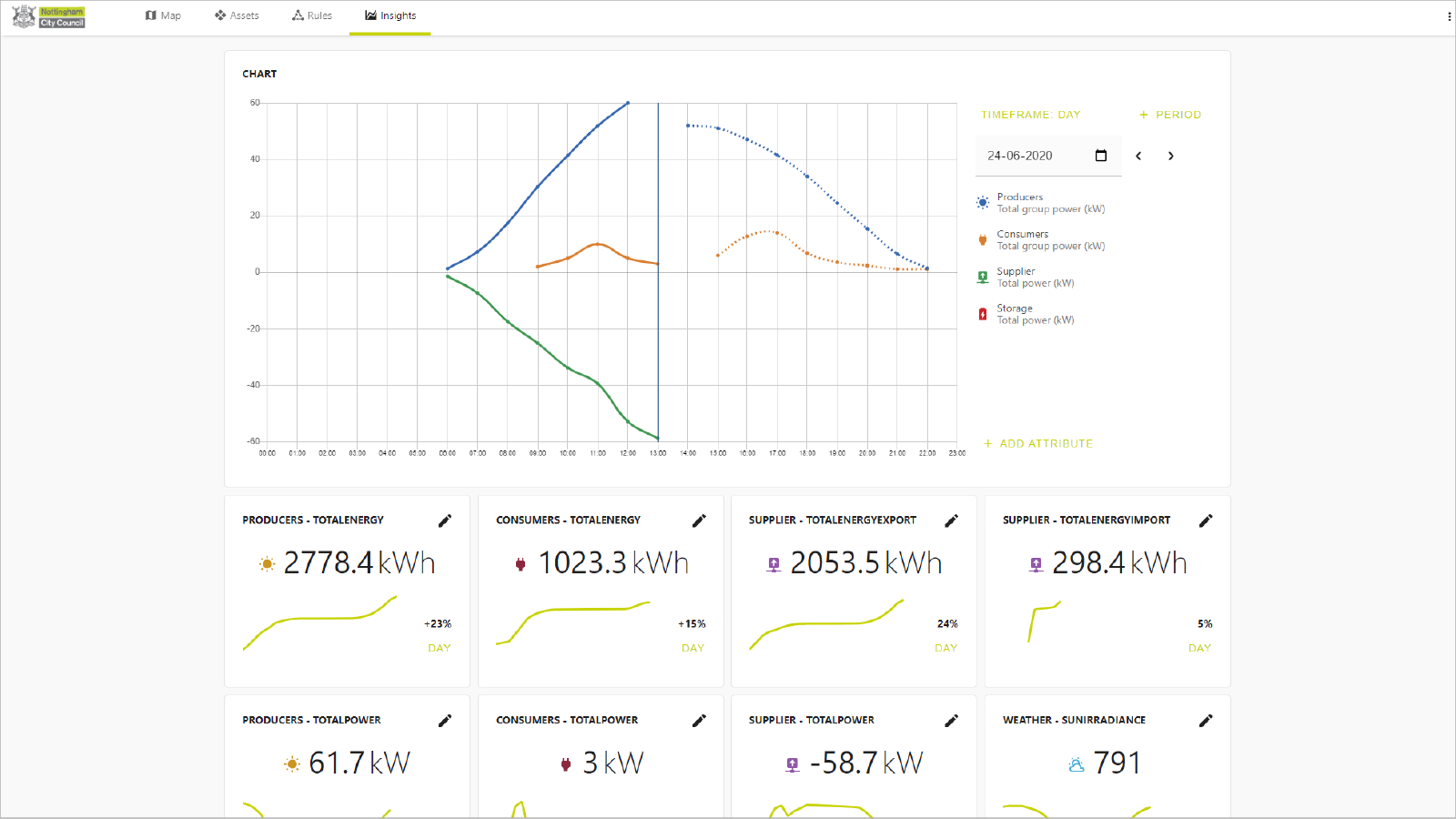
Energy dashboard
Energy managers have continuous insight in the performance of solar power generation, the state of the electric fleet chargers, the vehicle battery charge state and the financial and carbon savings reached by using an optimisation strategy. The insights page is used to create a personalised single page view to monitor attributes like local energy, self consumption or saved costs.
Insights on the go
The mobile app allows energy managers or maintenance to evaluate the system performance at any time. They receive notifications by the system in case of malfunctioning or uncommon behavior as defined by rules. Once evaluated, they can take action immediately. Notification rules can take into account whether staff is on site or not.
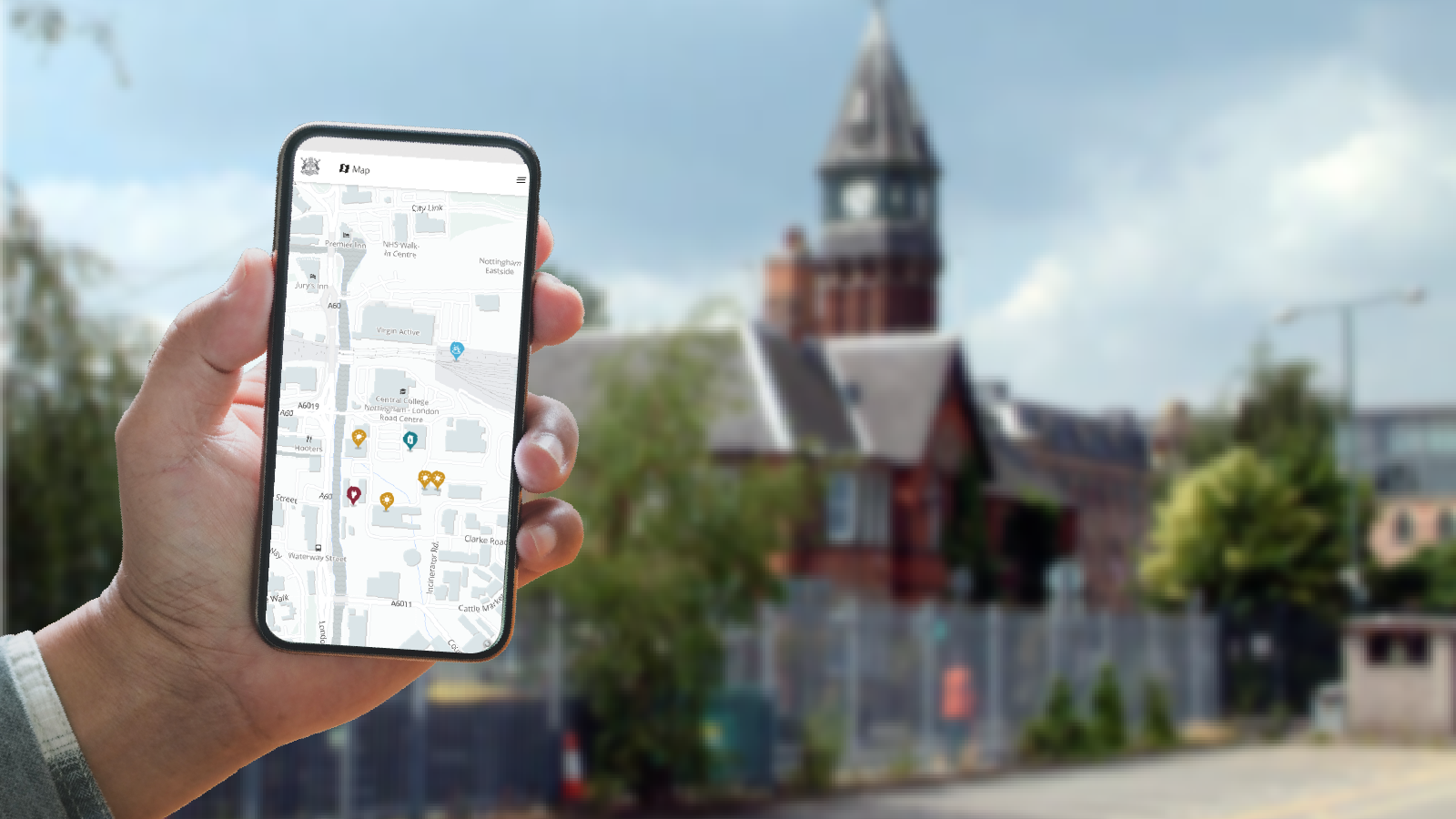
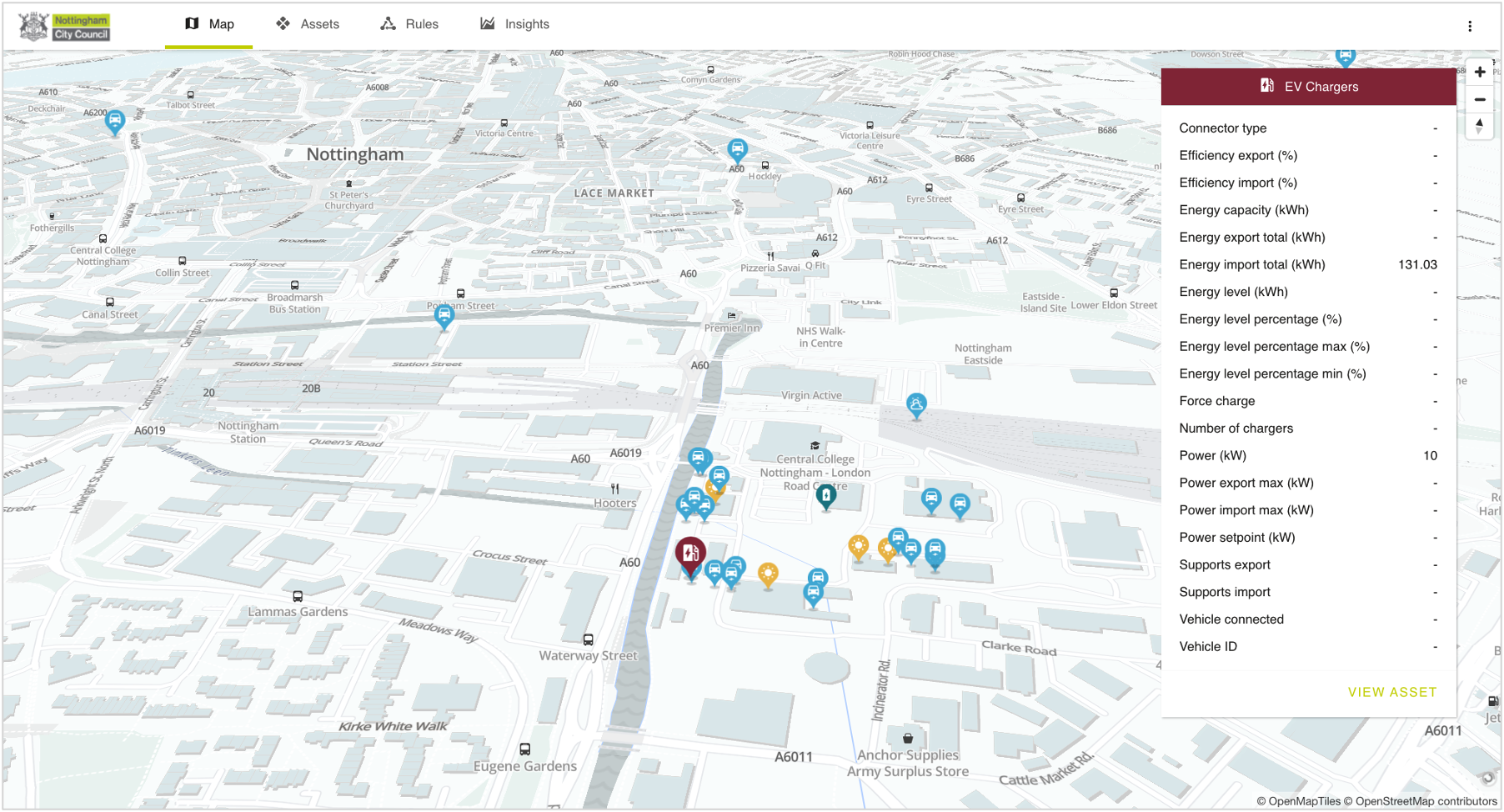
Smart Optimisation
The system forecasts solar power generation, EV consumption and electricity pricing for the upcoming 24 hours. It’s used to define the optimal charging and discharging cycles for the battery and vehicles. It uses the vehicle storage capacity, keeping in mind the vehicle schedule throughout the day as set by the fleet manager per fleet category.
Connected Sources
Solar panel power meters, the vehicle to grid chargers, and the battery storage system are all connected to the energy management system. Pricing data from the supplier as well as relevant weather data is added to accommodate the predictions, while the outcome of the running optimisation routine is translated into charging and discharging commands and requested power setpoints.
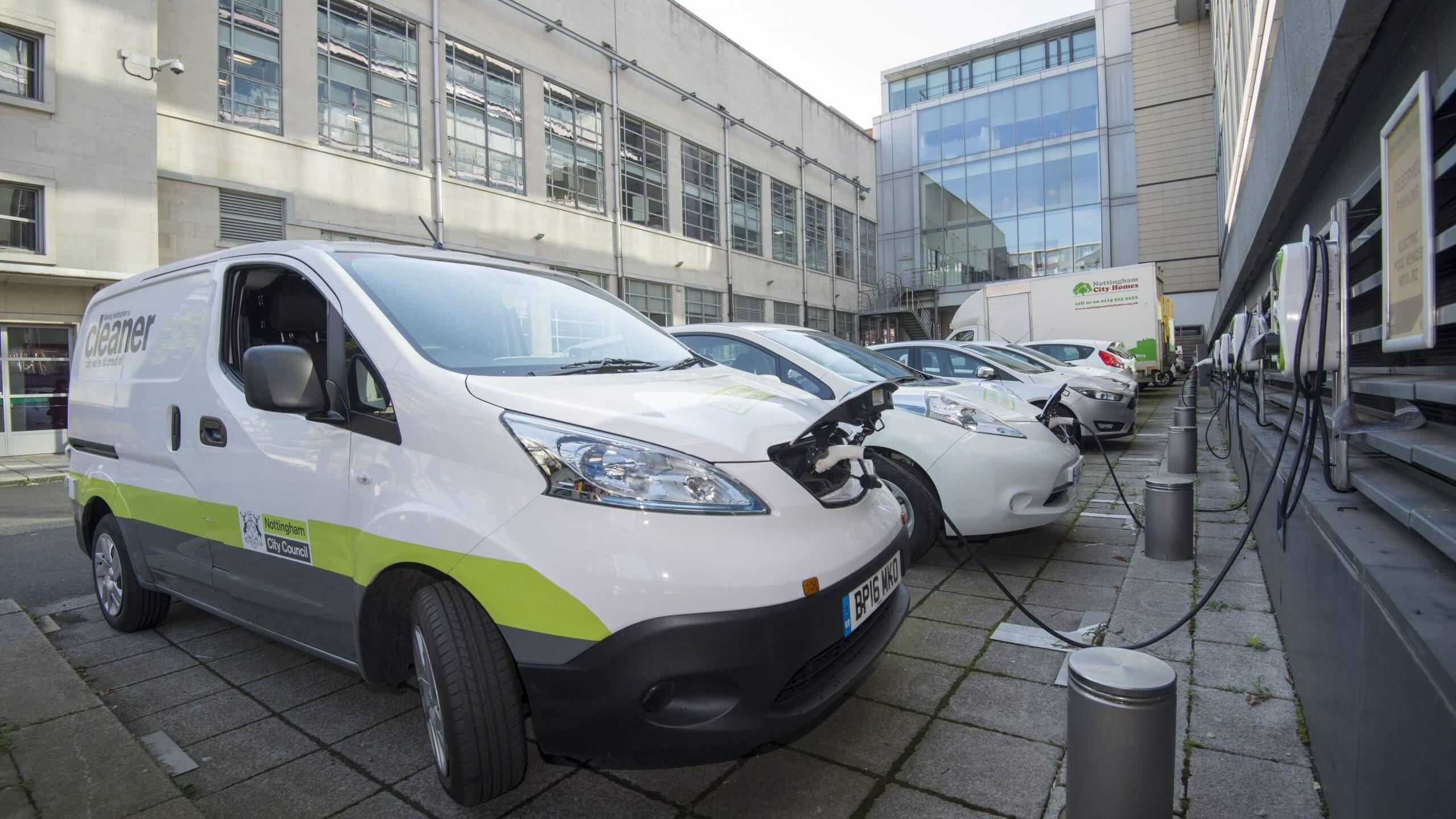
Energy Management
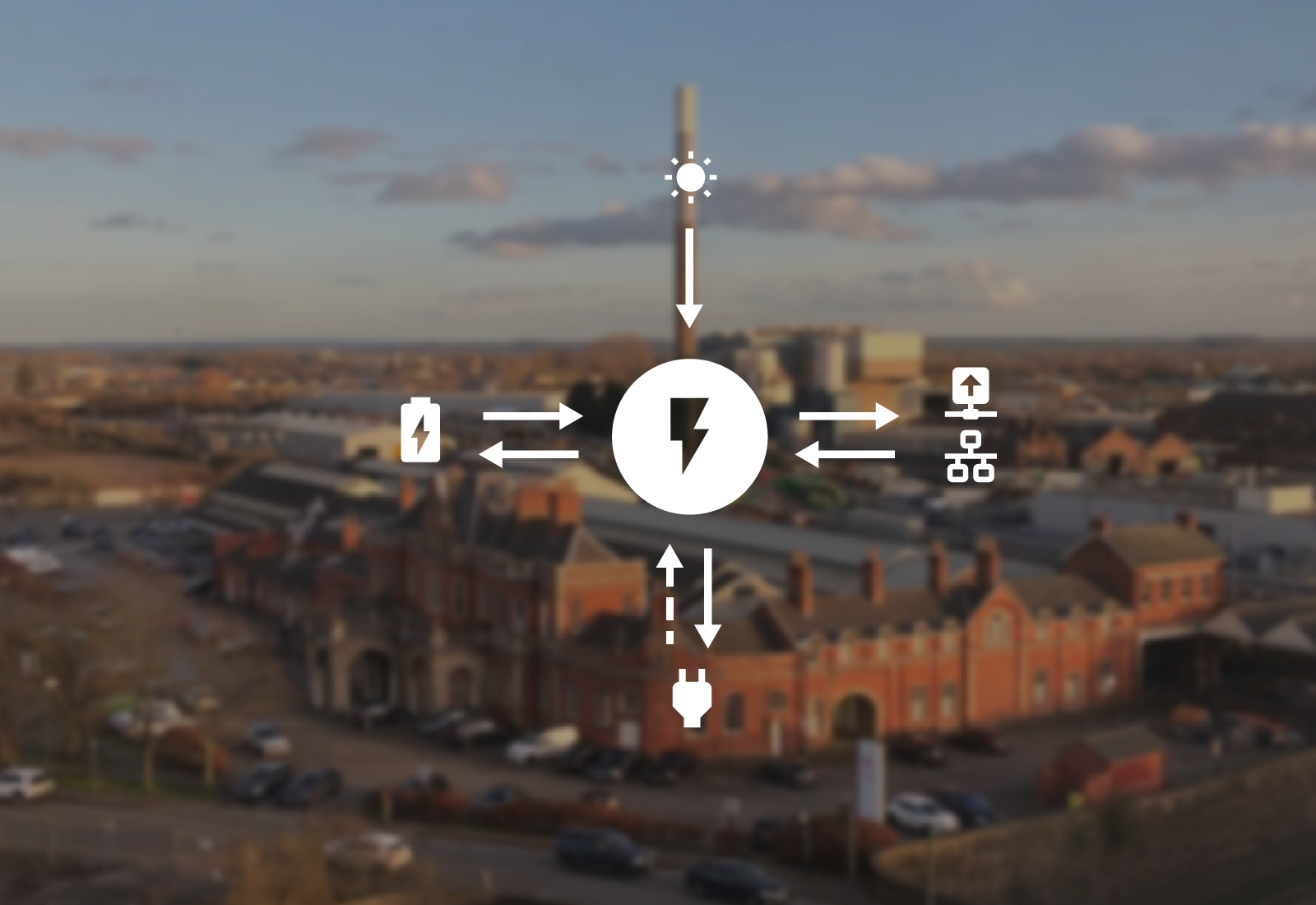
Energy management requires monitoring of energy generation, energy consumption, and short-term storage systems, and controlling them to strive for maximum financial benefits or carbon savings.
The OpenRemote IoT Platform enables connecting energy systems and run forecast and optimisation routines, taking into account the set targets, the network mode and capabilities of the connected assets.
A dashboard for an energy manager and mobile apps for staff on the ground. All tailored to your specific optimisation and reporting needs, hosted in your own secure environment.
